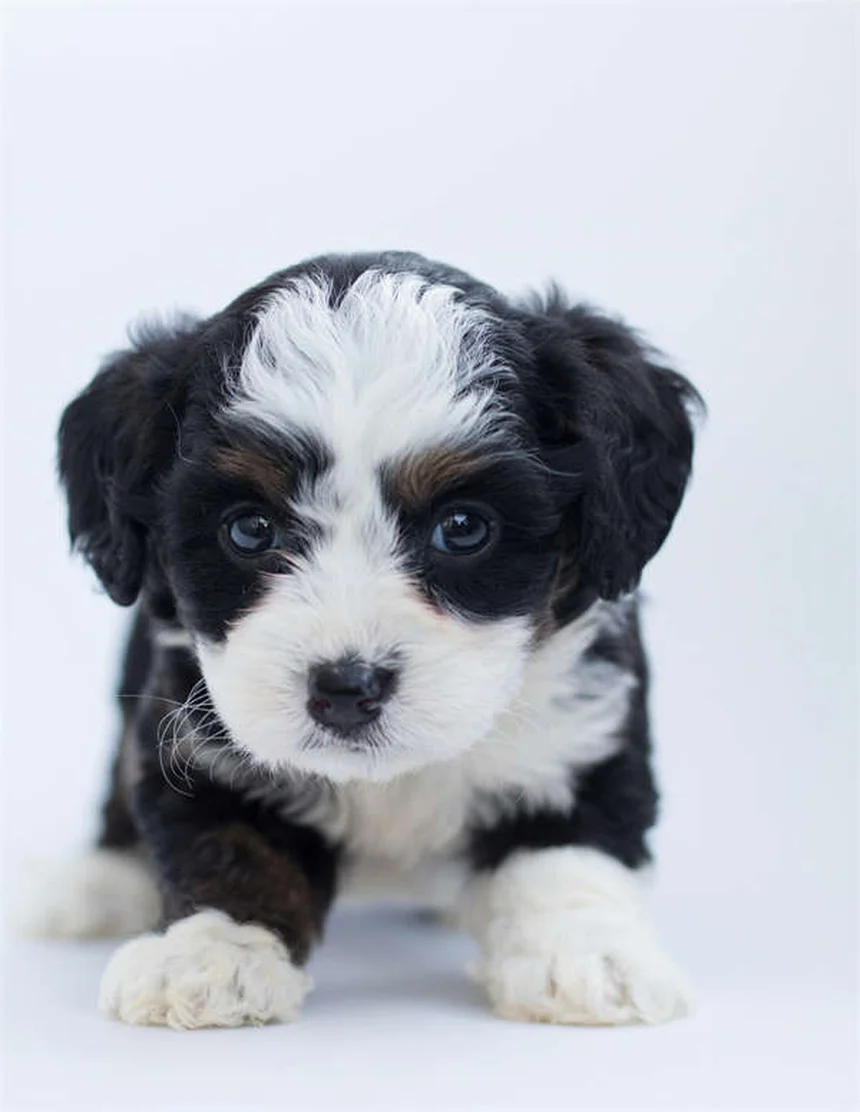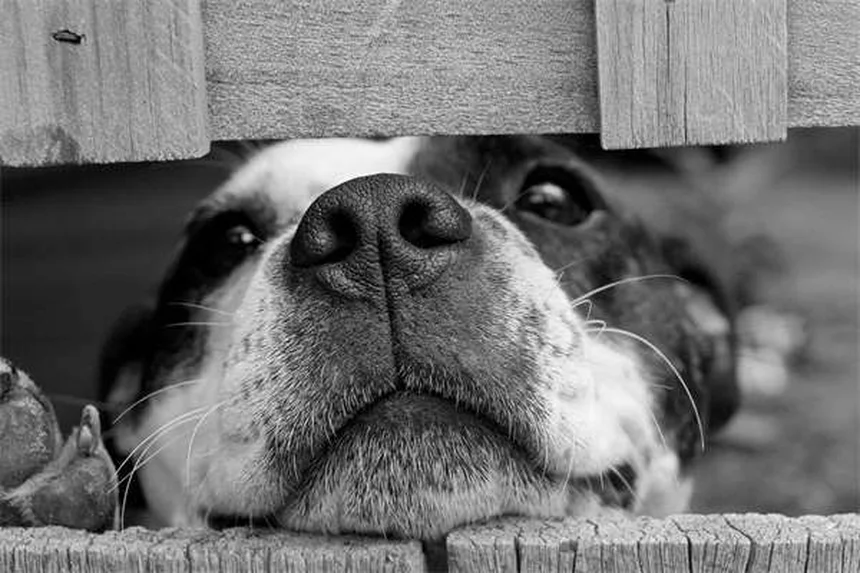Hydrolyzed Protein Cat Food: Vet-Approved Guide for Allergic Cats
Advertisement
What is hydrolyzed protein cat food? Simply put, it's special prescription food where proteins are broken down so small your cat's immune system can't recognize them as allergens. If your kitty suffers from constant itching, vomiting, or diarrhea, this could be their ticket to relief!I've seen countless cats transform after switching to hydrolyzed diets - from miserable scratchers to happy, playful pets. The secret? Those tiny protein fragments slip past the immune system's radar while still providing all the nutrition your cat needs. Whether it's food allergies, IBD, or just a sensitive stomach, hydrolyzed protein cat food offers better digestion, healthier skin, and fewer tummy troubles.But here's what most pet parents don't realize: not all hydrolyzed foods are created equal, and results take time. That's why we're breaking down everything you need to know - from how it works to when you'll see results - in plain English you can actually understand!
E.g. :5 Essential Tips to Prevent Hairballs in Ferrets (Vet-Approved)
Advertisement
- 1、What Exactly Is Hydrolyzed Protein Cat Food?
- 2、The Awesome Benefits You Should Know About
- 3、Spotting Food Allergy Symptoms in Your Cat
- 4、Inflammatory Bowel Disease (IBD) - The Silent Troublemaker
- 5、Top Vet-Recommended Hydrolyzed Protein Foods
- 6、Your Burning Questions Answered
- 7、Beyond the Basics: Exploring Hydrolyzed Protein Alternatives
- 8、The Human Connection: What Your Cat's Diet Says About You
- 9、Funny Feline Food Fails (And How Hydrolyzed Diets Help)
- 10、The Future of Hydrolyzed Protein Technology
- 11、FAQs
What Exactly Is Hydrolyzed Protein Cat Food?
The Science Behind These Special Meals
Let me break it down for you - literally! Regular cat food contains whole proteins that might look like big, complex puzzle pieces to your cat's immune system. Hydrolyzed protein cat food takes those same proteins and chops them into tiny, unrecognizable bits through a process called hydrolysis. Imagine taking a whole pizza and blending it into soup - same ingredients, just easier to digest!
Now here's why this matters: when proteins are too big, some cats' immune systems freak out like they're seeing an intruder. But when those proteins are broken down small enough, they slip past the immune system's radar. That's why vets often prescribe these special diets for cats with food allergies or sensitive stomachs.
Who Needs This Special Diet?
You might be wondering - does MY cat need this? Well, let's look at the three main candidates:
| Condition | How Hydrolyzed Food Helps | Typical Symptoms |
|---|---|---|
| Food Allergies | Eliminates trigger proteins | Itching, skin irritation |
| Inflammatory Bowel Disease | Reduces gut inflammation | Vomiting, diarrhea |
| Sensitive Stomachs | Easier digestion | Occasional upset stomach |
Did you know that about 10-15% of all cat food allergies are actually reactions to common proteins like beef or fish? That's why hydrolyzed versions can be such game-changers!
The Awesome Benefits You Should Know About
 Photos provided by pixabay
Photos provided by pixabay
Better Digestion = Happier Cat
Here's something cool - those tiny protein fragments aren't just good for avoiding allergies. They're like pre-chewed food for your cat's digestive system! Smaller pieces mean easier breakdown, which leads to:
- Less stomach upset
- More nutrient absorption
- Fewer "accidents" outside the litter box
- More energy from better food processing
I've seen cats go from lethargic couch potatoes to playful furballs just by switching to hydrolyzed food. The difference can be that dramatic!
Skin and Coat Perks
Ever notice your cat scratching constantly or having dull fur? That might be a food sensitivity talking. Hydrolyzed protein diets often include:
Omega-3 fatty acids - nature's moisturizer for skin
Amino acids - building blocks for shiny fur
Antioxidants - like tiny bodyguards against irritation
One of my clients' cats went from looking like a scraggly stray to a silky show cat in about three months on hydrolyzed food. The owner joked they needed sunglasses because the fur was so shiny!
Spotting Food Allergy Symptoms in Your Cat
The Itch That Won't Quit
Is your cat scratching like they're in a flea commercial? Non-stop itching is the #1 sign of food allergies. But here's the tricky part - it's not always obvious where the itch is coming from. Watch for:
- Face rubbing against furniture
- Excessive ear scratching
- Overgrooming certain spots bald
- Those telltale little scabs (we call them "miliary dermatitis")
Funny story - one cat I knew would scratch so much, his owner thought he was practicing breakdancing moves! Turns out it was a chicken allergy all along.
 Photos provided by pixabay
Photos provided by pixabay
Better Digestion = Happier Cat
Now, here's a question you might not have considered: Why would food allergies cause skin problems? Great question! It's because the reaction isn't just in the gut - it's systemic, meaning it affects the whole body. The same immune response that causes vomiting can also trigger skin inflammation.
For digestive issues specifically, watch for:
- Frequent hairballs (more than usual)
- Diarrhea that comes and goes
- Weight loss despite eating normally
- That unmistakable "hungry but won't eat" look
Inflammatory Bowel Disease (IBD) - The Silent Troublemaker
More Than Just a Sensitive Stomach
IBD in cats isn't just about the occasional upset tummy - it's chronic inflammation that can really mess with your cat's quality of life. The symptoms often creep up slowly:
Month 1: Occasional vomiting
Month 3: More frequent bad days
Month 6: Weight loss becomes noticeable
Month 9: Energy levels plummet
The scary part? Many owners write it off as "just getting older" until things get really bad. That's why early intervention with diets like hydrolyzed protein can make such a difference!
Diagnosis Challenges
Here's something frustrating - IBD shares symptoms with at least a dozen other conditions. That's why vets often have to play detective with:
- Blood tests
- Ultrasound imaging
- Sometimes even intestinal biopsies
- Food trials (where hydrolyzed diets shine)
One vet I know compares it to troubleshooting a car engine - you have to check multiple systems before finding the real issue!
Top Vet-Recommended Hydrolyzed Protein Foods
 Photos provided by pixabay
Photos provided by pixabay
Better Digestion = Happier Cat
All hydrolyzed protein foods require a vet prescription, but some standouts include:
1. Royal Canin Hydrolyzed Protein - The gold standard many vets reach for first
2. Hill's z/d - Great for cats who turn up their noses at other foods
3. Purina HA - A good option for multi-cat households
Pro tip: If your cat is being fussy, try warming the food slightly or adding a bit of water to release more aroma. Cats eat with their noses first!
Wet vs. Dry Options
Another question I get all the time: Which is better - wet or dry hydrolyzed food? Honestly, it depends! Here's the breakdown:
Wet food advantages:
- Higher moisture content (great for cats who don't drink much)
- Often more palatable
- Easier to digest for some cats
Dry food advantages:
- More convenient for free-feeding
- Helps with dental health
- Longer shelf life once opened
Your Burning Questions Answered
Is This Food Right for Every Cat?
Short answer: No. Long answer: While hydrolyzed protein food is nutritionally complete, it's specifically formulated for cats with certain health conditions. Healthy cats without food sensitivities don't necessarily benefit from it.
That said, I've had clients whose picky eaters actually prefer the taste of hydrolyzed foods! Cats, right?
The Prescription Puzzle
Yes, you absolutely need a vet's prescription for these foods - and there's a good reason. The manufacturing process is highly controlled to ensure no contaminant proteins sneak in. One slip-up could mean the difference between relief and continued symptoms for your cat.
Think of it like a VIP bouncer at an exclusive club - only the properly processed proteins get in!
Patience Is Key
Don't expect overnight miracles. While some digestive improvements might show in a few weeks, skin issues can take 3 months or more to resolve. It's like waiting for a sunburn to fully heal - the damage didn't happen instantly, and neither will the recovery.
One client marked their calendar with "Fur Day" - the day they hoped to see their cat's coat improve. When it finally happened, they threw a little party (complete with cat treats, of course)!
Beyond the Basics: Exploring Hydrolyzed Protein Alternatives
Novel Protein Diets - The Cousin of Hydrolyzed Food
You know what's interesting? While hydrolyzed protein food breaks down common proteins into tiny pieces, novel protein diets take a completely different approach. They use protein sources your cat has likely never encountered before - like venison, rabbit, or even kangaroo!
Here's why this matters: some cats respond better to entirely new protein sources rather than broken-down versions of familiar ones. It's like giving someone who's allergic to apples either apple sauce (hydrolyzed) or a completely different fruit they've never tried (novel protein).
The Environmental Impact of Special Diets
Let's talk about something most people don't consider - the carbon pawprint of these special foods. Hydrolyzed protein production requires more energy than regular pet food manufacturing. But here's the silver lining:
| Diet Type | Production Energy | Food Waste Potential |
|---|---|---|
| Regular Cat Food | Standard | Higher (if cat rejects) |
| Hydrolyzed Protein | 20-30% Higher | Lower (medical necessity) |
| Novel Protein | 15-20% Higher | Medium |
The cool part? Since hydrolyzed foods are medically necessary, there's typically less waste from cats rejecting them compared to regular foods bought on a whim. That's what I call a win-win!
The Human Connection: What Your Cat's Diet Says About You
Pet Parents Who Go the Extra Mile
Ever notice how people who buy special diets for their cats often become mini-nutrition experts? I've met owners who can rattle off amino acid profiles like they're reading a breakfast menu! This dedication shows something beautiful about the human-animal bond.
Here's a heartwarming example: One of my clients created a "food mood journal" tracking her cat's reactions to different hydrolyzed protein formulas. After three months of meticulous notes, they found the perfect match. That's commitment!
The Financial Reality of Specialized Nutrition
Let's be real - quality hydrolyzed protein food isn't cheap. But have you ever considered why? The specialized processing, clinical testing, and prescription requirements all add up. Here's how costs typically break down:
- Research & Development: 15-20% of cost
- Manufacturing Process: 30-40%
- Quality Control: 20-25%
- Distribution: The remainder
But here's something to think about: preventing one emergency vet visit could cover months of hydrolyzed food costs. Now that's some food for thought!
Funny Feline Food Fails (And How Hydrolyzed Diets Help)
The Great Food Strike Phenomenon
Why do cats suddenly decide they hate food they've eaten happily for years? It's one of life's great mysteries! But with hydrolyzed protein foods, we see fewer of these dramatic rejections. Maybe because:
1. The proteins are so broken down, they don't trigger the same "been there, done that" response
2. The formulas are designed for maximum palatability
3. Cats can't detect the usual allergens that might make them avoid food
I once knew a cat who would only eat if you pretended the food was "stolen" from another cat. With hydrolyzed food? He ate like a normal, non-dramatic feline for once!
The Texture Revolution
Here's something hilarious - some cats develop the weirdest texture preferences. One might only eat pâté if it's smeared on a vertical surface, while another wants kibble served one piece at a time. Hydrolyzed foods come in various textures to satisfy these diva demands:
- Ultra-smooth pâtés for the sophisticated palate
- Gravy-lovers' delight formulas
- Crunchy kibble for texture enthusiasts
- Gel-based options for the truly peculiar
Remember: a picky cat isn't being difficult on purpose - they might genuinely be reacting to discomfort you can't see. That's why these specialized options exist!
The Future of Hydrolyzed Protein Technology
Personalized Protein Plans
Imagine a world where we could analyze your cat's specific protein sensitivities and create a custom hydrolyzed formula. Well, guess what? We're getting there! Some cutting-edge vet schools are experimenting with:
- DNA-based allergy profiling
- Microbiome mapping to predict digestion issues
- 3D printed food tailored to individual needs
One researcher joked that soon we'll have cat food as personalized as Spotify playlists. "Today's menu features proteins you haven't reacted to in the past six months!"
Sustainable Solutions in Development
Here's an exciting development - scientists are working on more eco-friendly hydrolysis methods. Current experiments include:
Plant-based enzymes that require less energy
Upcycled proteins from food industry byproducts
Precision fermentation to create hypoallergenic components
The goal? All the benefits of hydrolyzed protein without the environmental guilt. Now that's progress we can all purr about!
E.g. :Hydrolyzed Protein Cat Food: What You Need To Know | PetMD
FAQs
Q: How do I know if my cat needs hydrolyzed protein food?
A: Look for these red flags: constant scratching (especially around the face), frequent vomiting or diarrhea, and skin irritation that doesn't improve with flea treatment. About 10-15% of food allergic reactions in cats are triggered by common proteins like beef or fish. If your cat has been diagnosed with IBD or shows chronic digestive issues, your vet will likely recommend trying hydrolyzed protein food as part of an elimination diet. Remember - we're not just talking about the occasional upset stomach here, but persistent symptoms that affect your cat's quality of life.
Q: What's the difference between hydrolyzed and regular cat food?
A: Imagine regular cat food proteins are like whole peanuts, while hydrolyzed proteins are more like peanut butter - same ingredients, just processed differently. Through hydrolysis, those big protein molecules get broken down into tiny fragments (we're talking microscopic here!) that your cat's immune system won't recognize as allergens. Regular food might contain chicken chunks your cat reacts to, while hydrolyzed food contains those same chicken proteins - just pre-digested to avoid triggering reactions. It's not just about allergies either - the smaller particles are easier for sensitive stomachs to process.
Q: How long until I see improvements in my cat's condition?
A: Here's the timeline I tell all my clients: digestive issues may improve in 2-4 weeks, but skin problems can take 10-12 weeks to fully resolve. Don't get discouraged if you don't see changes immediately - your cat's body needs time to heal. I had one case where a cat's itching got slightly worse before improving around week 6 (that's normal as the body adjusts). The key is sticking with it - mark your calendar for the 12-week mark before deciding if it's working. And absolutely no cheating with treats or other foods during the trial period!
Q: Can I mix hydrolyzed food with regular cat food?
A: Absolutely not! That's like taking allergy medicine while still eating the food you're allergic to - it defeats the whole purpose. Even small amounts of regular food can reintroduce those intact proteins that trigger reactions. If you have multiple cats, feed them separately or put the healthy cats on the same hydrolyzed diet temporarily. I know it's tempting to mix foods to save money, but trust me - you'll just prolong your cat's suffering and make it harder to tell if the hydrolyzed food is working.
Q: Are there any side effects to hydrolyzed protein diets?
A: The good news is these foods are nutritionally complete and safe for long-term use when prescribed by your vet. Some cats may experience temporary loose stools during the first week as their digestive system adjusts - this usually resolves on its own. The only "side effect" I consistently see is happier cats with shinier coats! However, because these are prescription diets, they should only be used under veterinary supervision to ensure they're meeting all your cat's specific health needs.







